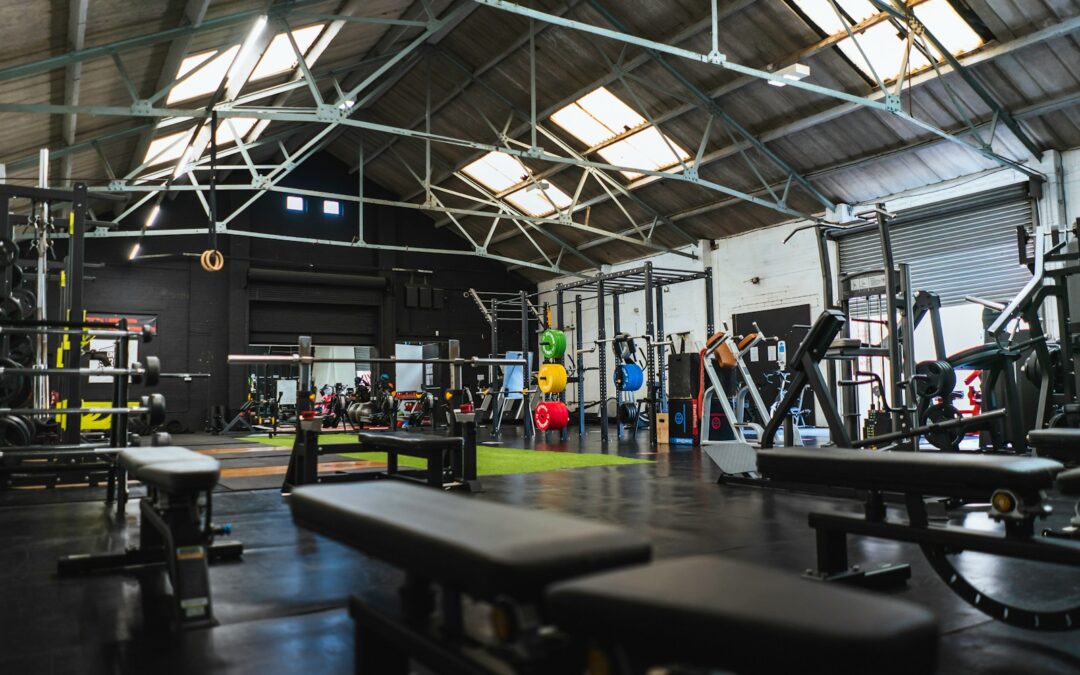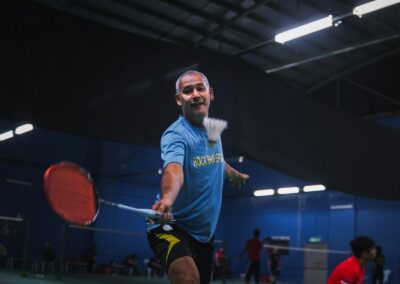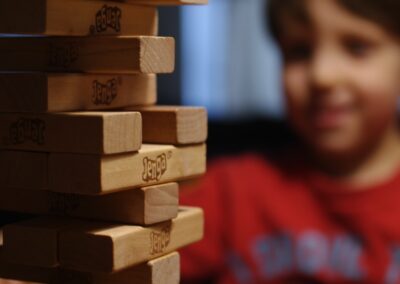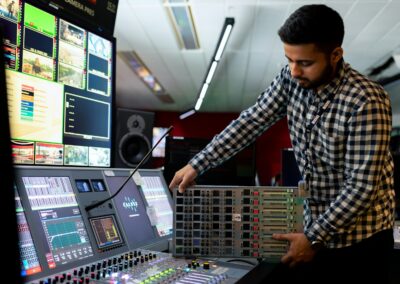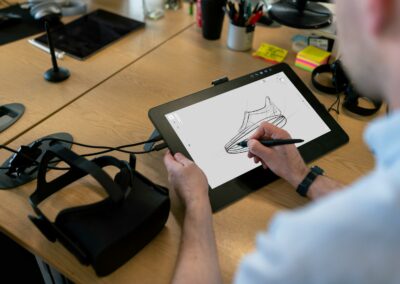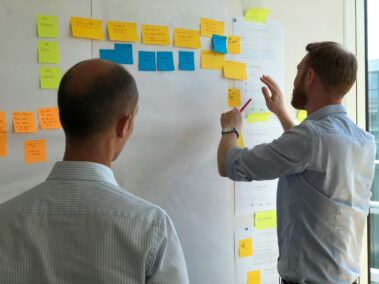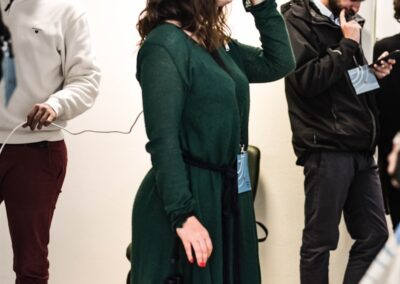Revolutionizing Children’s Fitness with VR and AR Technologies
VR and AR fitness games for children are transforming how the younger generation engages with physical activities, making exercise both fun and educational. In technologically advanced regions like Saudi Arabia and the UAE, the integration of virtual reality (VR) and augmented reality (AR) in fitness programs is fostering a new era of interactive content that captivates young users and promotes healthy lifestyles.
VR and AR technologies offer immersive experiences that blend the digital and physical worlds. These games can turn mundane exercise routines into exciting adventures, encouraging children to stay active. For instance, a VR game might transport users to a fantastical world where they must complete physical challenges to progress, while AR can overlay virtual obstacles in real-world environments. This gamification of fitness not only keeps children engaged but also helps them develop essential motor skills and coordination.
In cities like Riyadh and Dubai, where embracing modern technology is part of the broader vision for future development, VR and AR fitness games align perfectly with initiatives to promote health and well-being. By making physical activity more appealing, these technologies can help combat sedentary lifestyles and encourage children to adopt fitness habits that last a lifetime.
Interactive Learning Through Play
One of the primary advantages of VR and AR fitness games is their ability to provide interactive learning experiences. These games can be designed to teach children about various aspects of health and fitness while they play. For example, a game might incorporate educational content about nutrition or the importance of regular exercise, seamlessly blending learning with physical activity.
The interactive nature of VR and AR allows for real-time feedback and personalized experiences. Children can receive instant feedback on their performance, helping them improve their skills and stay motivated. This is particularly beneficial in a fitness context, where immediate reinforcement can encourage persistence and effort. Additionally, VR and AR can adapt to the skill level and preferences of each child, providing a customized experience that keeps them engaged and challenged.
Incorporating VR and AR fitness games into educational settings, such as schools or community programs, can further enhance their impact. These games can be used during physical education classes or after-school programs to make fitness more enjoyable and accessible. By integrating technology into traditional fitness activities, educators can reach children who might otherwise be disinterested in exercise.
Building a Community of Active Learners
VR and AR fitness games also have the potential to build communities of active learners. Multiplayer and social features can connect children with their peers, fostering a sense of camaraderie and competition. Virtual leaderboards, team challenges, and cooperative missions can motivate children to stay active and engage with others.
In regions like Saudi Arabia and the UAE, where fostering community and social connections is a cultural priority, VR and AR fitness games can support these values by providing platforms for children to interact and collaborate. These games can help children develop social skills and teamwork, all while promoting physical health. Virtual communities can also serve as support networks, where children encourage each other and share their achievements.
Ensuring these virtual communities are safe and inclusive is crucial. Developers must prioritize features that protect children’s privacy and provide secure environments for interaction. Clear guidelines and parental controls can help maintain a positive experience for all users. Additionally, promoting diversity and inclusivity within these games can ensure that all children, regardless of background or ability, can participate and benefit.
The Future of VR and AR in Children’s Fitness
The future of VR and AR fitness games for children is bright, with continuous advancements in technology paving the way for even more engaging and effective solutions. As VR and AR technologies evolve, they will offer more sophisticated and immersive experiences that can further enhance children’s fitness and learning.
Artificial intelligence (AI) integration can add another layer of personalization to these games. AI can analyze a child’s performance and adapt the game in real-time to provide tailored feedback and challenges. This level of customization ensures that each child receives the most effective training, keeping them engaged and motivated. AI can also help track progress and set personalized goals, fostering a sense of accomplishment and continuous improvement.
For business executives and entrepreneurs, investing in VR and AR fitness games presents significant opportunities. Developing innovative fitness solutions for children not only addresses a growing market but also contributes to the broader goal of promoting health and well-being in society. Partnerships with schools, sports organizations, and government agencies can facilitate the widespread adoption of these technologies, creating positive impacts on a large scale.
In conclusion, VR and AR fitness games offer a revolutionary approach to engaging children in physical activity. By providing interactive, educational, and personalized experiences, these technologies can significantly enhance children’s fitness and overall well-being. In regions like Saudi Arabia and the UAE, the adoption of VR and AR aligns with the vision of leveraging modern technology to promote health and community. As we look to the future, the continued development and ethical implementation of VR and AR fitness games will play a crucial role in shaping healthier, more active lifestyles for the next generation.
—
#VRFitnessGames #ARFitnessGames #InteractiveContent #ChildrensFitness #AugmentedReality #VirtualReality #SaudiArabia #UAE #Riyadh #Dubai #ArtificialIntelligence #Blockchain #TheMetaverse #ExecutiveCoaching #GenerativeAI #ModernTechnology #BusinessSuccess #LeadershipSkills #ProjectManagement

